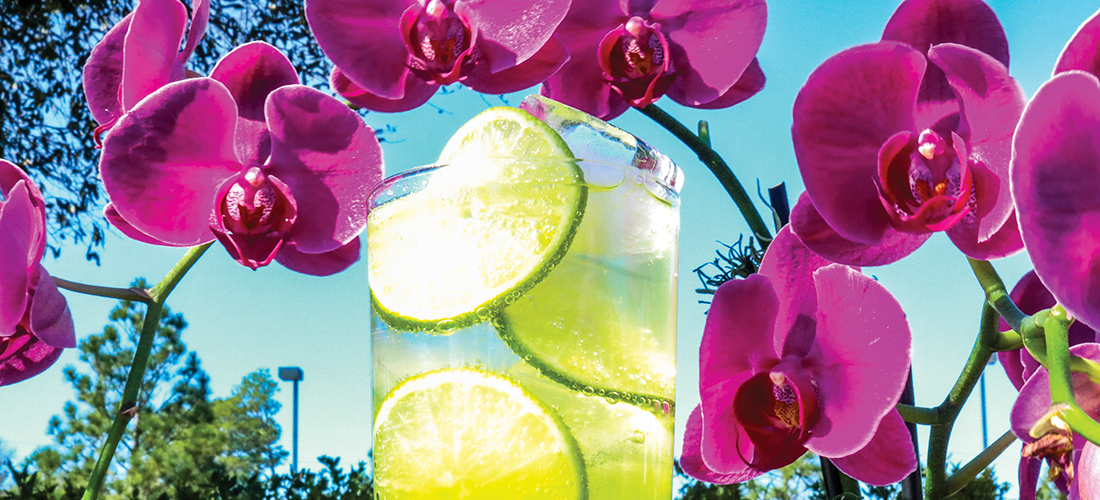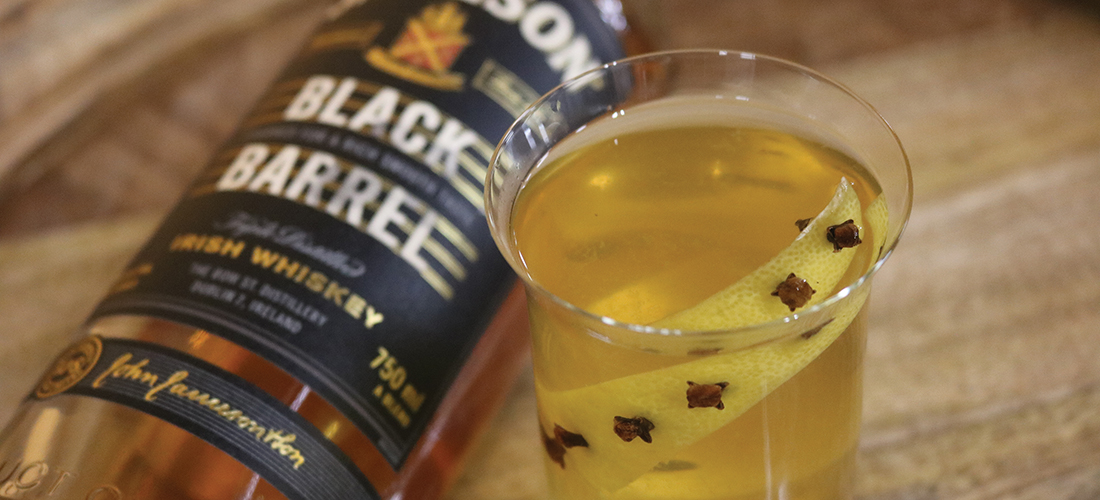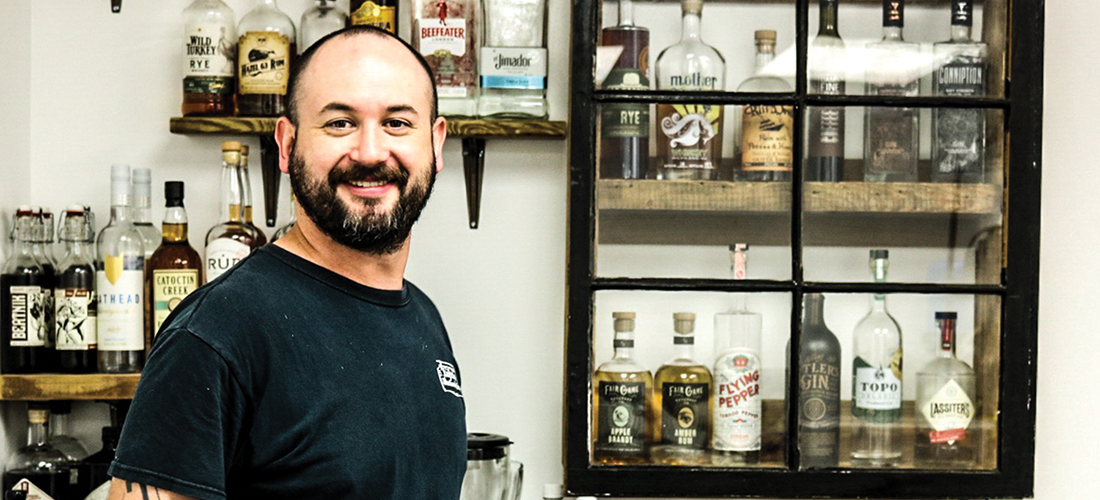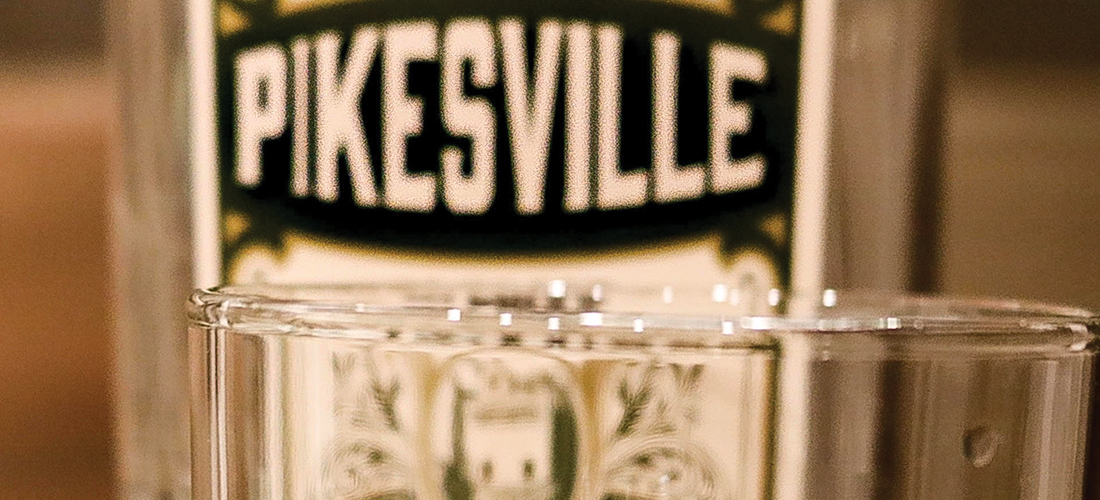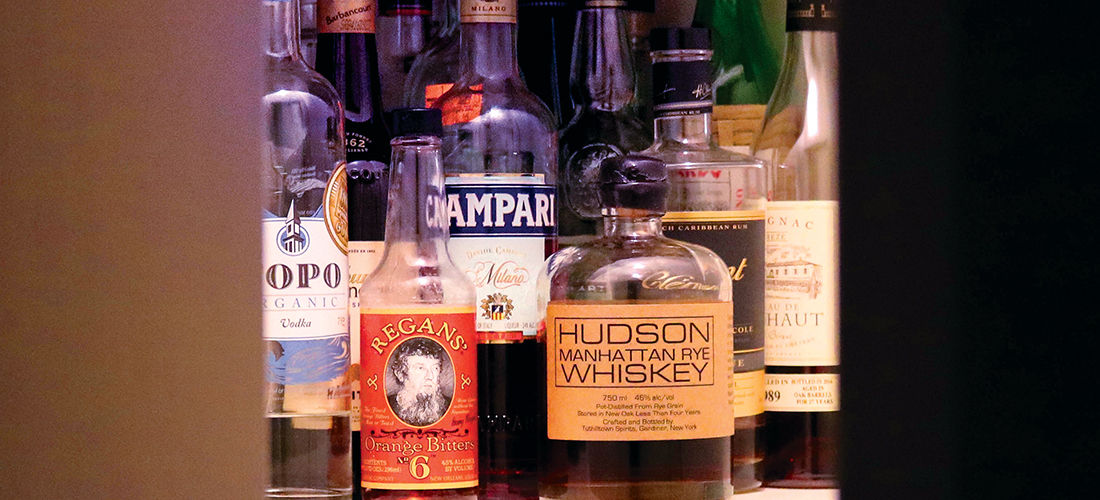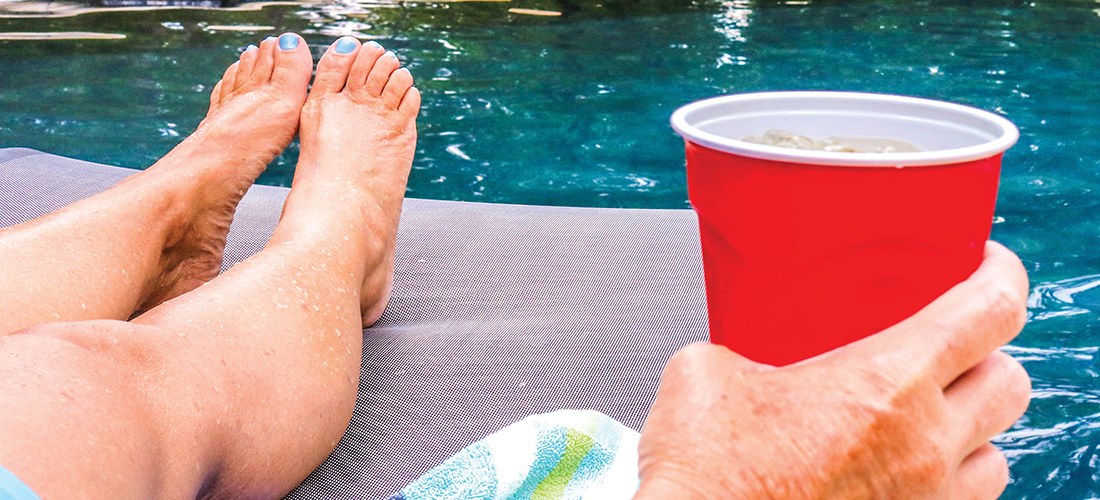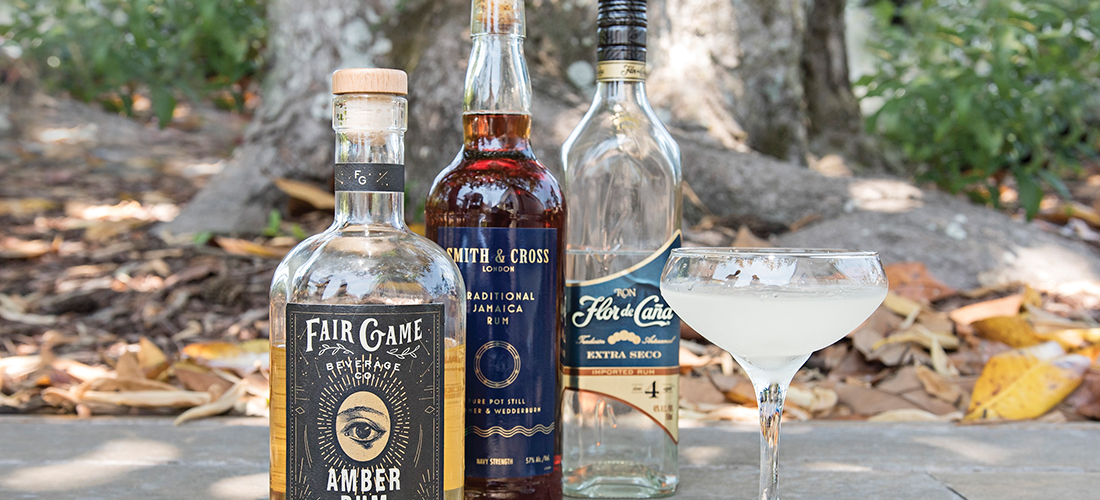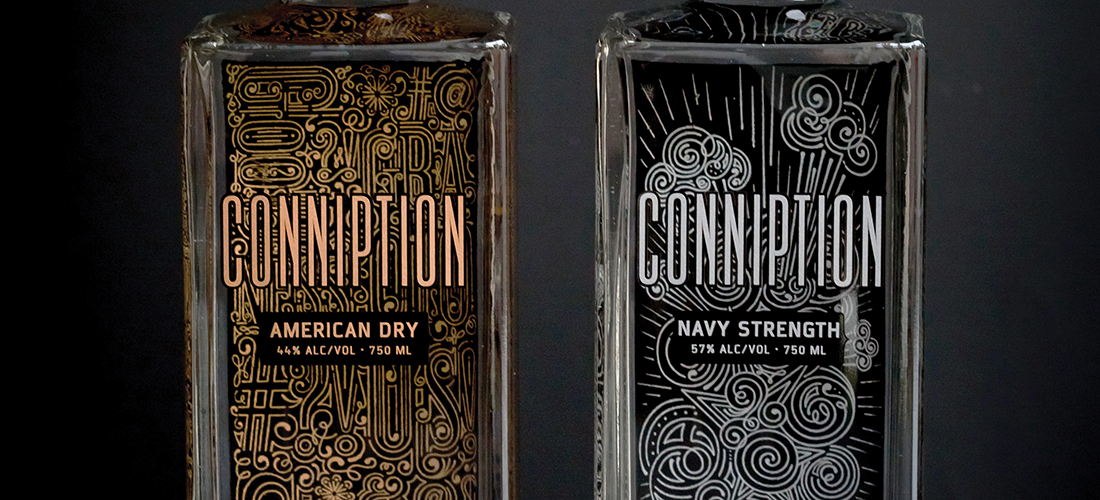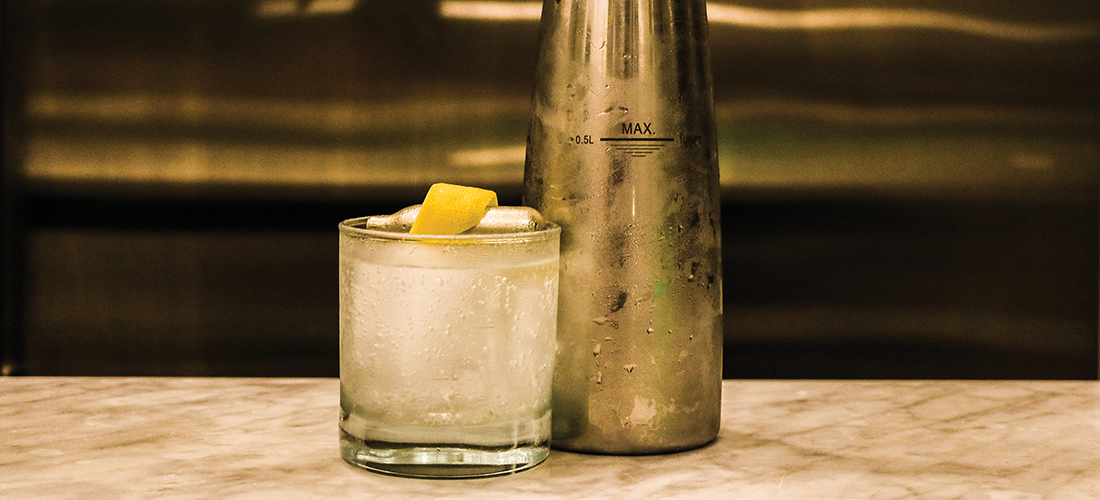How carbonated water can bring your “mocktail” to the next level
By Tony Cross
At the beginning of the year, some folks embark on the journey known as “Dry January.” Maybe some of you reading this participated in — or should I say, endured? — a few weeks respite from consuming alcoholic beverages, giving your liver a much-needed holiday from the holidays. For those who did: You sure did miss a couple of great snow parties. Not that I was at any of them; I was taking a break from drinking, too. I’ve had a few this year, but that’s it. Just a few.
My business had its first full year in 2017, and we made a lot of strides. Even though I’m excited that we grew, the year was bittersweet. I lost my only brother at the end of 2016, and I spent a lot of last year looking through hazy eyes and going through the motions while trying to make sense of everything. I am a firm believer that sometimes it takes life knocking us down into the dirt before we can grasp what we’re capable of, allowing us to fight back. In a nutshell, that’s what happened with me. This year, I’ve started drinking less and working more. I even started teaching an Inferno Hot Pilates class in my spare time. Switching things up has allowed me to enjoy a variety of non-alcoholic beverages. I used to have a few on my menu way back when, and it’s always smart to have something — other than Diet Coke — available for guests when you’re hosting a party. I’ve gained a new appreciation for engineering (pretentious?) creative mocktails. Here are some simple and fun drinks when you’re taking a night (or a month) off.
There is one thing I have begun drinking more of: La Croix sparkling water. I can’t even tell you how excited I am to get home and have one these days. I hope that sentence doesn’t get me banned from the bartender’s union. These zero calorie, canned beverages have become a staple in my refrigerator. If I was going to throw a party, or someone asked me to be in charge of the bar at theirs, I would go the extra mile. Adding sparkling water into the mix with any drink (alcoholic or non-alcoholic) is never a bad idea. I mean, have you tried our carbonated draft cocktails? What you want to do is create your own base, whether it’s a syrup or juice combo. Now that spring is upon us, here’s a quick drink that you can whip up and serve made to order, or batch them like a punch. Using fresh cucumber juice this time of the year is perfect for creating light and refreshing elixirs. Add to that a touch of sugar, Pooter bitters from the folks over at Crude Bitters in Raleigh, and you’ve got yourself a winner.
The Pooter Cuke
Sliced lime
2 ounces fresh organic cucumber juice
1/2 ounce fresh lime juice
1/4 ounce simple syrup (2:1)
5 drops Crude “Pooter” Smoke & Salt bitters*
4 ounces sparkling water
Add cubed ice to a Collins glass. Thinly slice lime wheels and put 3-4 of them in the glass. Combine ingredients (except sparkling water) in a shaker, add ice, and shake like hell for 5 seconds. Strain into Collins glass and top with sparkling water.
*If bitters is out of the question, just add a small pinch of Celtic salt. No substitutes on this one. Have you tried Celtic salt? No? Go pick up a bag and see what I mean. It’s amazing.
The gin and tonic is the essential summertime drink. But there are two things wrong with writing about this cocktail right now: 1) I’m trying to pass on great non-alcoholic recipes and; 2) It’s not summertime. Well, we can still have the tonic, minus the gin, and sometimes springtime in the South can be just as hot as other states’ summers. So, without further ado, the Blackberry Tonyc. Believe it or not, my tonic syrup holds its own without any booze, and the notes of orange-citrus complements quite a few types of fruit. Not only does the color turn out gorgeous in this one, but you might convert some tonic haters (speaking from experience here).
Blackberry Tonyc
3/4 ounce TONYC syrup
1/2 ounce blackberry syrup**
1/2 ounce fresh lime juice
4 ounces sparkling water
Orange peel
Combine all ingredients (except sparkling water) into a shaker with ice and shake hard for 5 seconds. Pour sparkling water in shaker, and then strain into a glass with ice. Express the oils from an orange peel over the top of the drink. Place orange peel into drink afterward. Santé!
**Blackberry syrup: Wash and rinse 6 ounces fresh blackberries. Put them to the side. In a pot, combine 12 ounces baker’s sugar with 8 ounces water over medium-high heat. Stir until sugar has dissolved. Place sugar syrup in a blender with blackberries. Blend for 10-15 seconds. Pour into a container, and seal. Place in refrigerator overnight. The next morning, strain the syrup through a cheesecloth. Bottle, seal and refrigerate. If you want this syrup to last more than a few weeks, add an ounce of 100-proof vodka to it. PS
Tony Cross is a bartender who runs cocktail catering company Reverie Cocktails in Southern Pines.

